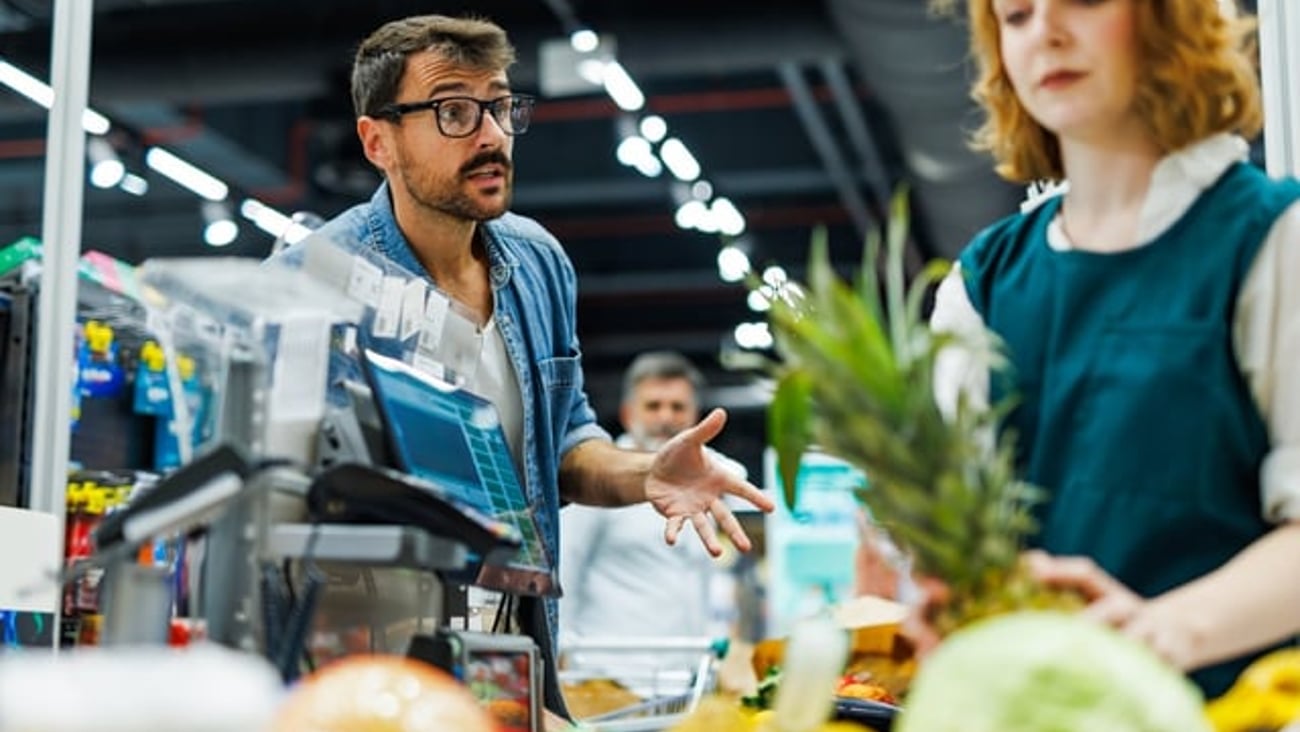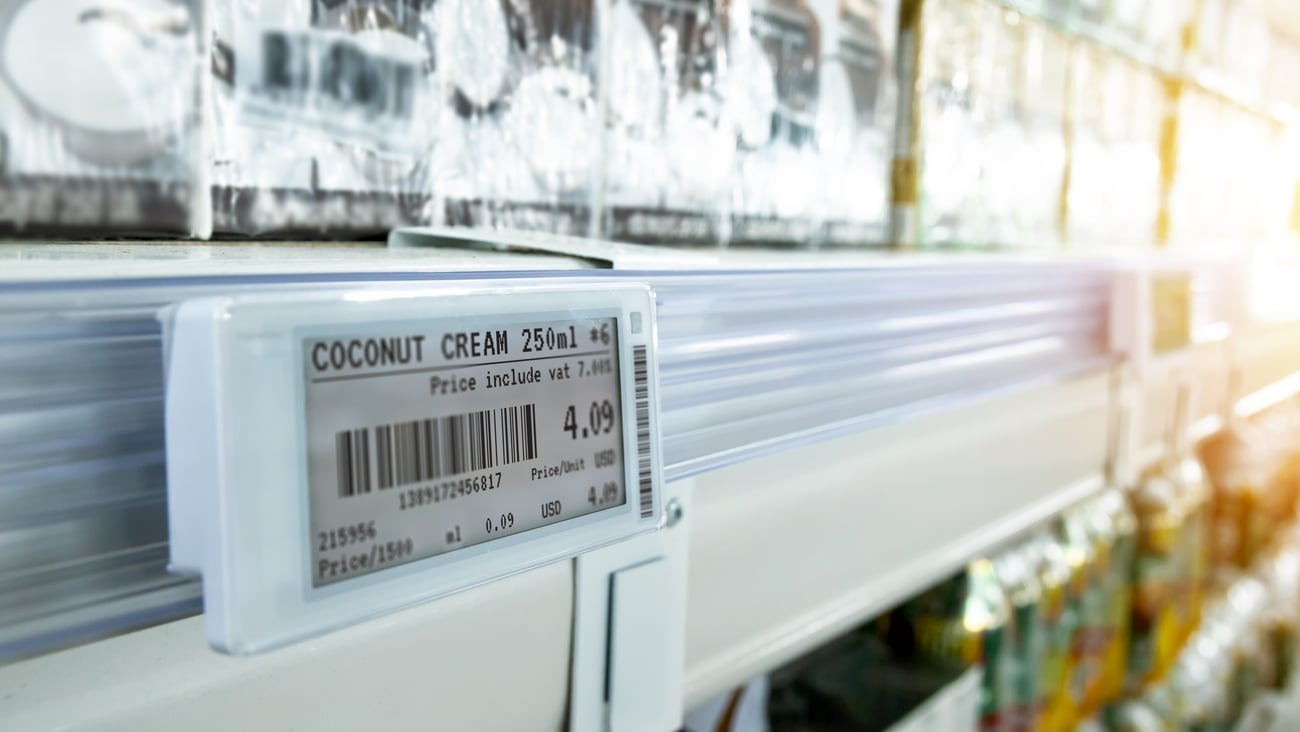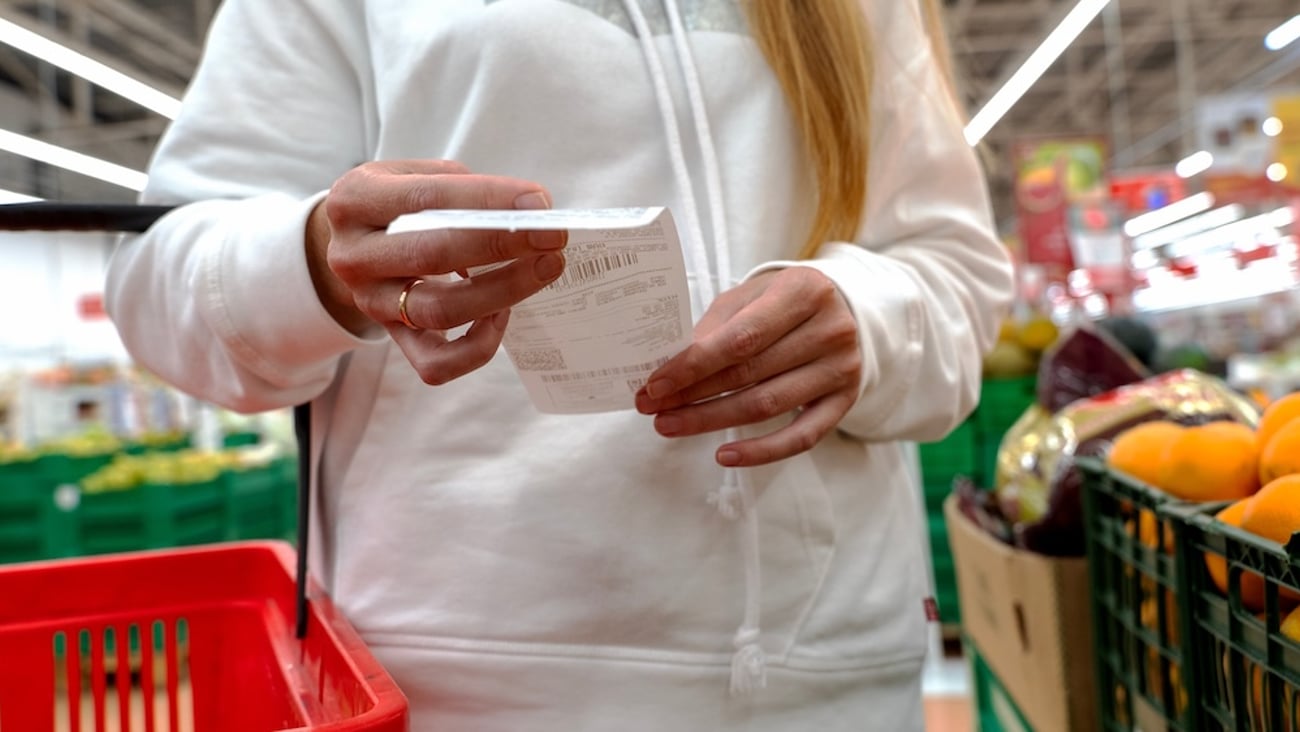What ChatGPT and AI could do for the food industry
We all know the food industry has been adopting AI at a slower pace compared to other sectors. But that’s about to change – rather, it is changing already. Technologies like ChatGPT are simply retailing AI and allowing consumers to fully appreciate what AI is, and how it can change their own world. While Facebook got to one million members in 10 months, ChatGPT reached the same milestone in just five days. Things are changing fast.
Machine learning and AI have been around for at least 15 to 20 years. But the Elon Musk-funded company OpenAI, which designed ChatGPT, made the technology more accessible when it decided to offer public demos. This could be a game changer for the food industry in many ways, as AI can help us become better planners and risk managers.
Think about the food we waste, for instance. With AI and smart labels, we could have more data about our food’s shelf life before we throw anything away. Best-before dates could become obsolete, same for recalls. Labels, our fridges, cell phones and watches could tell us when a product was recalled without having to rely on the news.
Our visits to the grocery store could also change. AI could optimize your diet based on what’s more affordable that day before you head to the store. Call it your own “inflation cookbook,” if you will. One day, you could also be walking into a grocery store and be asked to either have your face or fingers scanned, giving you suggestions on what to buy to make a favourite recipe based on your own needs – be it the size of your household, dietary preferences and restrictions and so on. Menu development at restaurants will also be impacted.
In turn, the industry’s use of AI will take new shape. Knowing consumers are better equipped to confront higher food prices, grocers will likely use more dynamic pricing. For example, if a product sells, prices go up using digital tags. It’s already happening in many places around the world. Accessible AI could help consumers appreciate the utility of dynamic pricing in real-time. Things could get interesting.
Our food choices are influenced by many variables – mood, weather, the economy, pricing. Seeking an ideal balance between supply and demand could stabilize food prices over time. A food inflation rate of 10% is just cruel and unsustainable, for both consumers and industry.
Up the food chain, AI algorithms are helping farmers analyze soil, climate and crop data to predict yields, optimize irrigation and fertilization schedules and improve the efficiency of farming practices. Not all farmers are doing this, of course, but a growing number are.
AI can also help to predict supply chain disruptions, optimize delivery schedules and reduce the impacts of “shelflation” (when a product’s shelf life is compromised by a supply chain issue).
With ChatGPT and other emerging technologies, all of us will have the chance to better understand what lies ahead. The food industry, especially grocers, will likely respond by embracing AI and using consumers as active participants. But it’s not the answer for every single challenge the food industry is facing.
Technology has no ethics and no morals, and food is all about ethics and morals. We must not use new advanced approaches to the detriment of what food represents for consumers and communities. But we can’t predict the future.
OpenAI will change our world, as the internet did. And it has the potential to change the food industry as well. Some predict that by 2050, one computer will have the capacity of all human brains on earth. The food industry needs to be ready for this.





